Woodlands Web Notes : 30
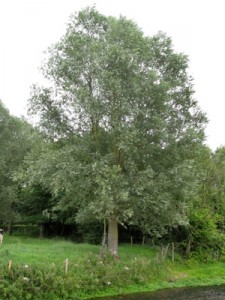
Willow bark and the covid virus.
The Covid pandemic created great strains on health and business services, and the virus continues to impact society in many ways. It is not surprising that there is an ongoing search for anti-viral agents. Finnish scientists have found that willow bark may have a role to play.
Willow bark has been used as a natural medicinal product over the centuries as an effective agent to treat pain and inflammation. The anti-inflammatory properties of the bark are generally ascribed to salicin, which was to lead to the development of acetylsalicylic acid, that is aspirin. The Finnish scientists ground up the willow bark in hot water and then sieved it to create an ‘extract’. This solution was then added to a number of cell cultures that were exposed to different viruses (enteroviruses, a seasonal coronavirus and SARS CoV2). They then monitored the viral activity, cell infection and viral replication The extract had an effect on all of the viruses. In some cases, the extract affected the envelope of the virus (a structure surrounding the viral genetic material) so the viruses essentially broke down, whereas 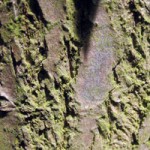 others were prevented from releasing their genetic material and reproducing. Specifically, though the Covid-19 virus could enter cells when treated with the extract, it could not reproduce once inside.
others were prevented from releasing their genetic material and reproducing. Specifically, though the Covid-19 virus could enter cells when treated with the extract, it could not reproduce once inside.
The research team analysed the extract’s chemical composition and tested some known constituents of bark but concluded the success of the extract probably resulted from the interactions of different biologically active compounds. Compounds in the extract included many complex chemicals (for example, hydroxycinnamic acids, salicylates, flavonoids, flavan-3-ols, and proanthocyanidins (polyphenols). Further work will focus on the role / interactions of these various compounds.
The Hazel Dormouse in peril.
The numbers of the hazel dormouse have fallen dramatically since the turn of the century. The dormouse has disappeared from Staffordshire, Northumberland and Herefordshire in the last few years. This loss is attributed to
- The destruction / fragmentation of their habitats
- Poor management of woodlands and hedgerows, leading to a loss of diversity / niches
- Rising deer numbers, feeding on saplings and shrubs
- Extreme weather patterns may also play a part
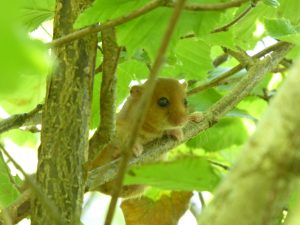 Captive-bred dormice have been re-introduced to some 25 sites in 13 counties across the country, sadly nine of these reintroductions were not successful. Dormouse bridges have been created to enable the animals to move between areas dissected by major roads (such as the M1), others are planned.
Captive-bred dormice have been re-introduced to some 25 sites in 13 counties across the country, sadly nine of these reintroductions were not successful. Dormouse bridges have been created to enable the animals to move between areas dissected by major roads (such as the M1), others are planned.
The dormouse (Muscardinus avellanarius) is a nocturnal animal and lives mainly in deciduous woodland, it feeds among the branches of trees and shrubs. the dormouse rarely descends to the ground. It feeds on a wide variety of 'foods' ; flowers (nectar and pollen), fruits (berries and nuts), certain buds and leaves and some insects, such as aphids and caterpillars.
The hazel dormouse is regarded as a ‘flagship species’, that is to say, if the dormice are thriving then it is likely that other species are too from butterflies to birds such as the nightingale. Dormice are currently assessed as ‘Vulnerable’ to extinction in Britain under IUCN Red List criteria, but recent studies suggest a classification of ‘Endangered’ might be more appropriate. Certainly, their future is uncertain.
Detailed information on the hazel dormouse is available at PTES (note this link opens a PDF). Their report details the state of hazel dormice in 2023.
zsaqwa
Changes in the Boreal Forests.
Boreal forests encircle the northern reaches of the Earth, lying just below the treeless under of the Arctic. These forest cover large areas of Alaska, Canada, Scandinavia and Siberia. These forests contain billions of trees, most are conifers but birch, poplar and aspen may also be found. The trees (and soils) contribute significantly to the cycling of carbon in nature, absorbing carbon dioxide in photosynthesis. They are also home to many species of migratory birds, plus predator species such as lynx and brown bears, and wandering herds of moose. Due to the remoteness of these forests, they have remained (until relatively recently) unaffected by human impact.
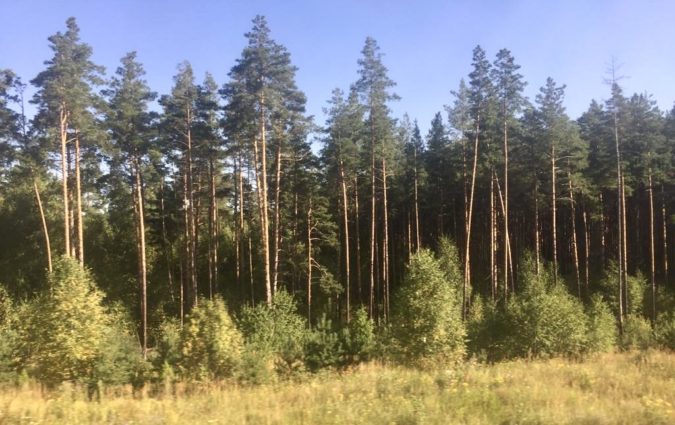
Now these forests are warming at a rate above the global average. This has a number of effects:
- In the southern parts of the boreal forest. Conditions are becoming too warm for cold adapted trees; their growth is slowed and they may die.
- With the warming comes increased dryness, which leads to water stress and increased risk of insect attack / infestation.
- The dryness also means that forest fires are more likely and occur with increased ferocity. This year, the fires in Canada have been particularly extensive and damaging. Some 18.5M hectares went up in flames. The plumes of smoke spread far and wide.
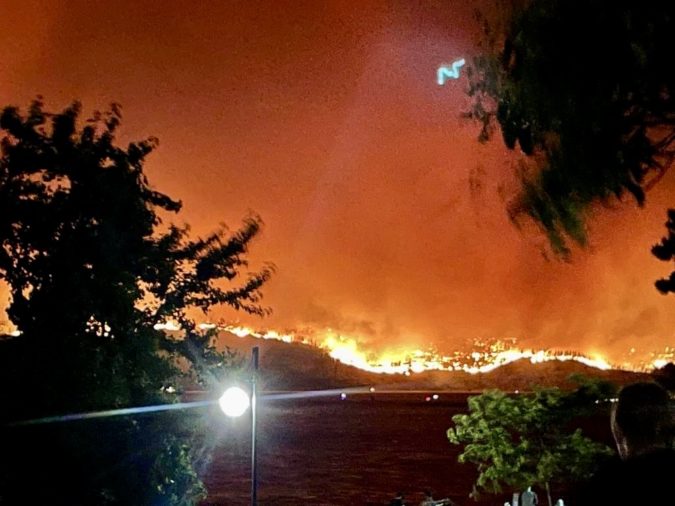
Canadian forest fire
Scientists are now using satellites to track changes in the extent of the boreal forests. If trees are being lost on the southern edge of these forest, then it might be expected that the northern limit for tree growth might change. Indeed, there is some evidence for this in Alaska where young Spruce are now growing some 25 miles beyond the previous tree line, moving into the ‘treeless tundra’. It may be the loss on the southern edge is compensated by extension of the most northern parts of the boreal forest, but it is not clear whether tree can ‘move’ at the rate of climate change.
Comments are closed for this post.
